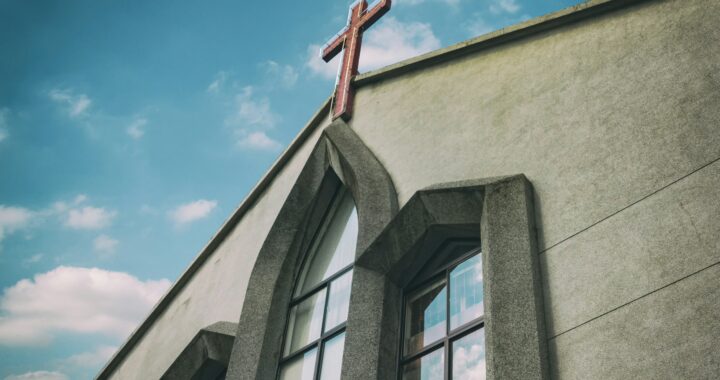A Blind Eye Turned Toward Congolese Genocide
3 min readBy EMILY MONTGOMERY
Staff Writer
The words “never again” have been read, cherished and pledged by the 30 million visitors to the Holocaust Museum since it opened in 1993. School children in America learn about the six million Jews that died in the genocide and wonder how our country could have not known about this terrible event. Innumerable novels, movies and other works of art, such as “Schindler’s List” and “Anne Frank: The Diary of a Young Girl,” were inspired by, or are about, the Holocaust.
So would you believe that approximately 5.4 million people have died as a result of conflict in the Democratic Republic of Congo in the past few years, and that the killings are still occurring? How would you feel about the fact that thousands have been raped and tortured as tools of this war, or that countless others have been displaced over and over again?
It is the deadliest conflict since World War II, yet the average American does not know anything about it.
Other conflicts in Africa have garnered much more attention, such as the genocide in the Darfur region of Sudan, despite the fact that so many more people have died in the Congo.
Professor Donald Rallis of the Geography Department teaches about the Congo in his World Regional and History of Sub-Saharan Africa classes.
“In my experience, it seems that very few people are familiar with the conflict,” he said.
Nicholas Kristof is a columnist at the New York Times, and one of the only journalists in our country who is actively covering the conflict.
“No humanitarian crisis generates so little attention per million corpses,” Kristof said in an article.
Called “Africa’s World War,” the conflict in the Congo stemmed from many complexities, but is based primarily in tensions between ethnic groups and quarrels over valuable minerals.
Margot Wallstrom, the U.N.’s special representative on sexual violence in conflict, called Congo, “the rape capital of the world.”
The U.N. reported that more than 8,000 women were raped during fighting in 2009.
According to BBC News, the country is also the site of the U.N.’s largest peacekeeping mission.
Rape is not the only horror, either. Murders are often committed in extremely grotesque ways.
In one of his articles, Kristof quotes a girl named Jeanne describing what a Hutu militia did to her uncle.
“They cut off his hands, gouged out his eyes, cut off his feet, cut off his sex organs and left him like that. He was still alive,” she said.
So why don’t we know anything about this? It’s hard to say, and is probably a combination of many things.
“I fear that the Congo conflict receives less coverage because many outsiders have bought into the preconception that Congo is the ‘heart of darkness’ as characterized by Joseph Conrad’s book,” Anneke Van Woudenberg, senior researcher at Human Rights Watch, said.
Possibly harder to hear is that the U.S. could be considered partly responsible for some of the conflict. The minerals in Congo that are largely fueling this conflict are used in electronics owned by almost every one of us: cell phones, laptops, mp3 players and digital cameras.
“There are few other conflicts in the world where the link between our consumer appetites and mass human suffering is so direct,” said John Prendergast, co-founder of the Enough Project, which aims to end genocide.
The most important thing you can do is educate yourself. Read the articles by Kristof and on BBC News, among others. Learn about organizations working on finding ways to work without the “conflict minerals” and support them.
Pledge the phrase, “Never again,” but mean it for everyone.


